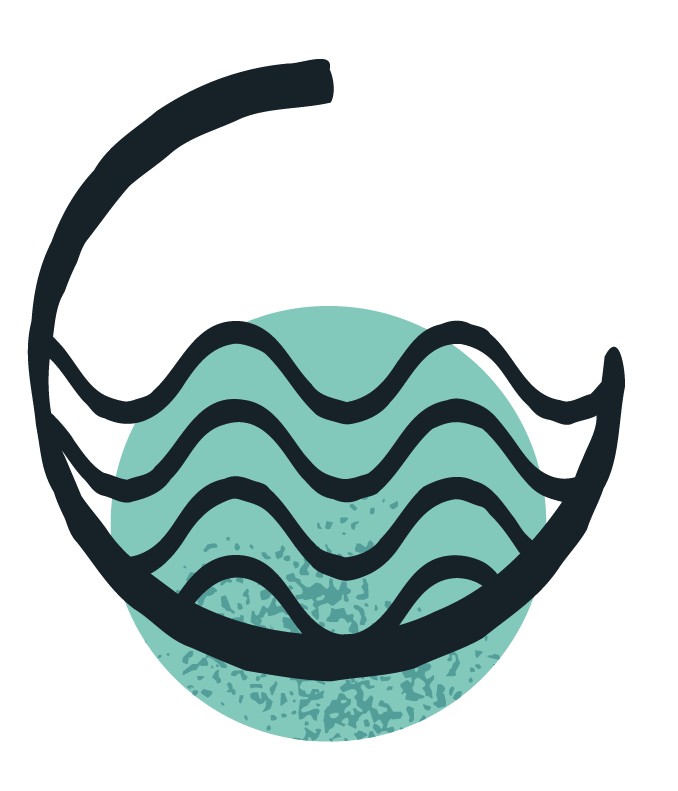| |||||
Water is the lifeblood of the Wimmera given the relatively dry climate and abundance of wildlife, amenity and recreational opportunities supported by the region’s waterways. Rivers and streams, wetlands and groundwater all play an important part in providing economic, social, cultural and environmental benefits to the region.
Waterways provide habitat for much of the region’s wildlife including endangered flora and fauna and important international migratory birds. For many years there has been significant investment and effort in protecting and enhancing the Wimmera’s water resources and waterways.
Whilst many threats and challenges are legacy issues from past land management practices, there continues to be new and often recurring challenges.
The region boasts a state-of-the-art water delivery system through the Wimmera Mallee Pipeline fed by water harvested from Gariwerd (Grampians National Park). Under climate change scenarios and land use change pressures there is a need to secure and manage water and waterways so that they support and balance natural ecosystem, human consumption and industry needs.
There is strong demand within the community for improved access to waterways for recreation and community activities. The Wimmera community understands that improved access to rivers and streams has benefits for their way of life, providing liveability outcomes, and improving the social and economic outcomes of the region. This needs to be done in a way that preserves environmental values.
Groundwater resources are extremely valuable, providing stock and domestic supply and irrigation in the west Wimmera. This resource needs careful management so it can be maintained into the future.
Our vision for the region is for a healthy Wimmera catchment where a resilient landscape supports a sustainable and profitable community.
 Rivers and streams
Rivers and streams
Rivers and streams are iconic in the Wimmera, given it is a largely semi-arid region and many social, economic, cultural and environmental values are provided by the region’s waterways. The catchment’s rivers and streams are distinguished by a temperate to semi arid climate. Severe droughts and large floods make for variable hydrology and the adaption of unique and important riparian and aquatic ecosystems.
 Wetlands
Wetlands
The Wimmera has an abundance and diversity of wetlands and related natural values. There are over 3,000 wetlands in the region. This equates to roughly 25% of Victoria’s individual non-flowing (not linked to rivers or streams) wetlands. Over 90% of the Wimmera’s wetlands are on private land, so private landholders play a vital role in their management.
 Groundwater
Groundwater
Groundwater provides a valuable resource particularly in the West Wimmera for irrigation and town water supply. Many farms in the west of the region rely on groundwater for stock and domestic supply. Mining companies often utilise groundwater for their operations.



